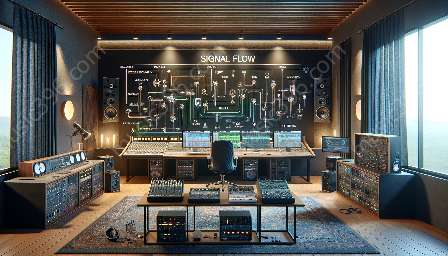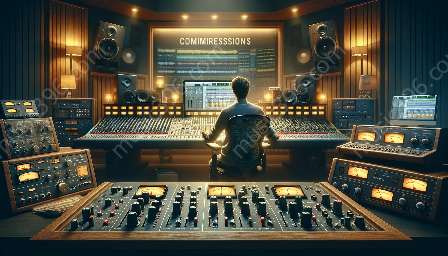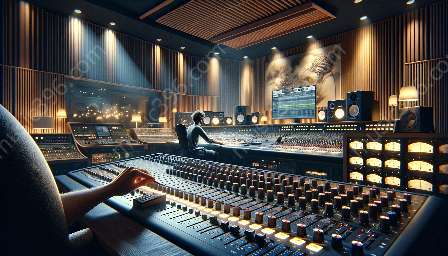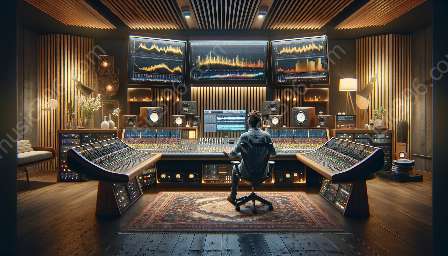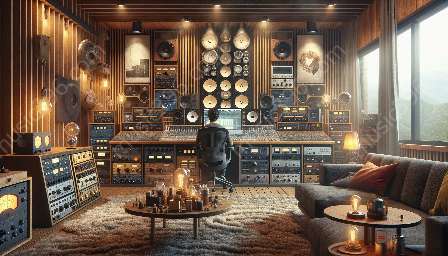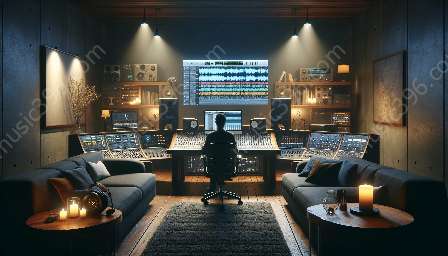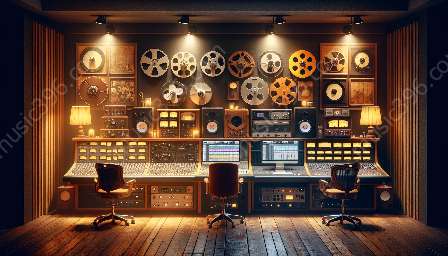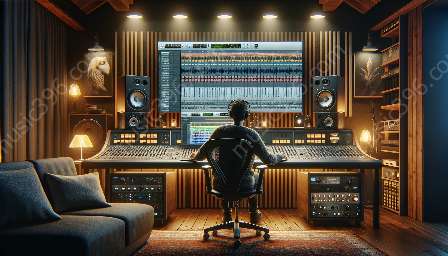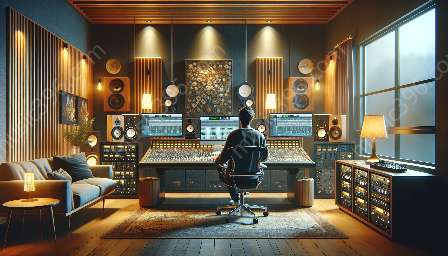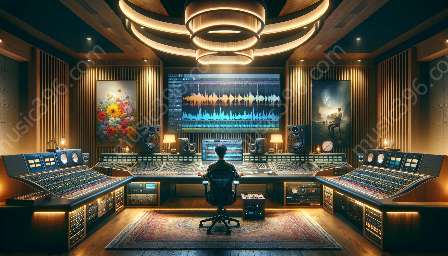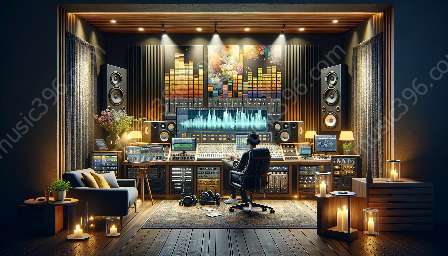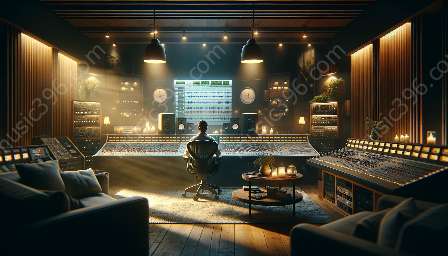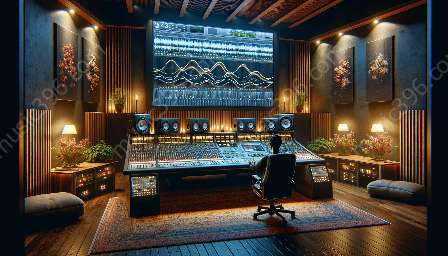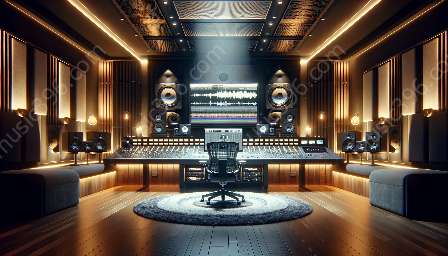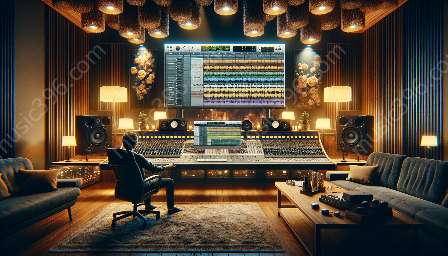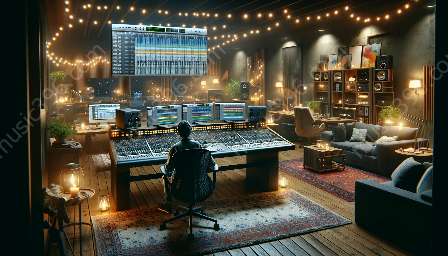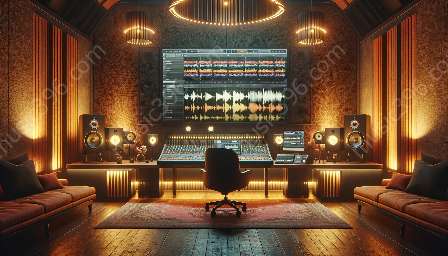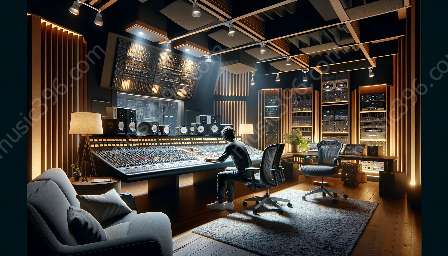When it comes to audio mixing and mastering, achieving a balanced and consistent mix translation across different listening environments is crucial. The way a mix translates across various devices and environments can significantly impact the overall listening experience and the success of a music production. In this topic cluster, we will explore strategies and techniques to optimize mix translation for different listening environments, in a manner that is compatible with both mixing and mastering for different genres and the broader field of audio mixing and mastering.
An Overview of Mix Translation
Before diving into the optimization techniques, it's important to understand what mix translation entails. Mix translation refers to how a mix sounds, or translates, across different playback systems, such as studio monitors, headphones, car stereos, and consumer audio devices.
It's essential for audio professionals to ensure that their mixes sound consistent and well-balanced across these various listening environments. A mix that translates well will sound good whether it's played on high-end studio monitors or budget-friendly earbuds.
Factors Influencing Mix Translation
Several factors can influence mix translation, and understanding these factors is vital for optimizing the mix for different listening environments:
- Frequency Response: Each playback system has its own frequency response characteristics. Studio monitors, headphones, and consumer audio devices reproduce frequencies differently, which can affect how the mix is perceived.
- Room Acoustics: The acoustics of the listening environment, such as the room size, shape, and treatment, can have a significant impact on mix translation. A well-treated studio will provide a more accurate representation of the mix compared to a poorly treated room.
- Dynamic Range and Compression: Different playback systems handle dynamic range and compression differently. A mix that sounds well-balanced and controlled on one system might sound overly compressed or dynamic on another.
- Stereo Imaging: The perception of stereo width and imaging can vary across different playback systems. Ensuring a coherent stereo image that translates well is essential for mix optimization.
Optimizing Mix Translation
To optimize mix translation for different listening environments, consider the following strategies:
Reference Tracks and A/B Comparisons
Using reference tracks and conducting A/B comparisons across various playback systems can provide valuable insights into how a mix translates. This allows for adjustments to be made to achieve a more consistent and balanced sound.
Use of Broad Spectrum EQ
Employing broad spectrum EQ techniques can help address frequency response variations across different playback systems. Making subtle adjustments to the mix's tonal balance can enhance its compatibility with diverse listening environments.
Dynamic Processing and Compression
Applying dynamic processing and compression with consideration for different playback systems can help maintain a consistent dynamic range and control across various listening environments.
Room Correction and Monitoring Environment
Optimizing the monitoring environment through room correction and acoustic treatment can minimize the impact of room acoustics on mix translation, leading to more accurate monitoring and decision-making.
Compatibility with Different Genres
Optimizing mix translation should be approached with consideration for different genres. Each genre has its unique sonic characteristics and expectations, and the optimization process should align with the specific sonic palette and listening preferences of the genre.
For example, a mix optimized for electronic dance music (EDM) might require different considerations compared to a mix for jazz or classical music. Understanding the sonic qualities and production conventions of different genres is essential for effective mix translation optimization across various listening environments.
Integration with Audio Mixing and Mastering
Optimizing mix translation for different listening environments is intrinsic to the broader field of audio mixing and mastering. It involves the application of technical skills, critical listening, and an understanding of the artistic intent behind the music.
Audio mixing and mastering for different genres can benefit from the optimization of mix translation, as it ensures that the final product meets professional standards and provides a consistent and enjoyable listening experience across diverse playback systems.
Conclusion
Optimizing mix translation for different listening environments is a vital aspect of audio production. It requires a combination of technical expertise, critical listening skills, and an understanding of how sound behaves in different contexts. By implementing the strategies and techniques outlined in this topic cluster, audio professionals can enhance the consistency and quality of their mixes across various listening environments, ultimately elevating the overall experience for listeners, and improving the quality and accuracy of audio mixing and mastering for different genres.



